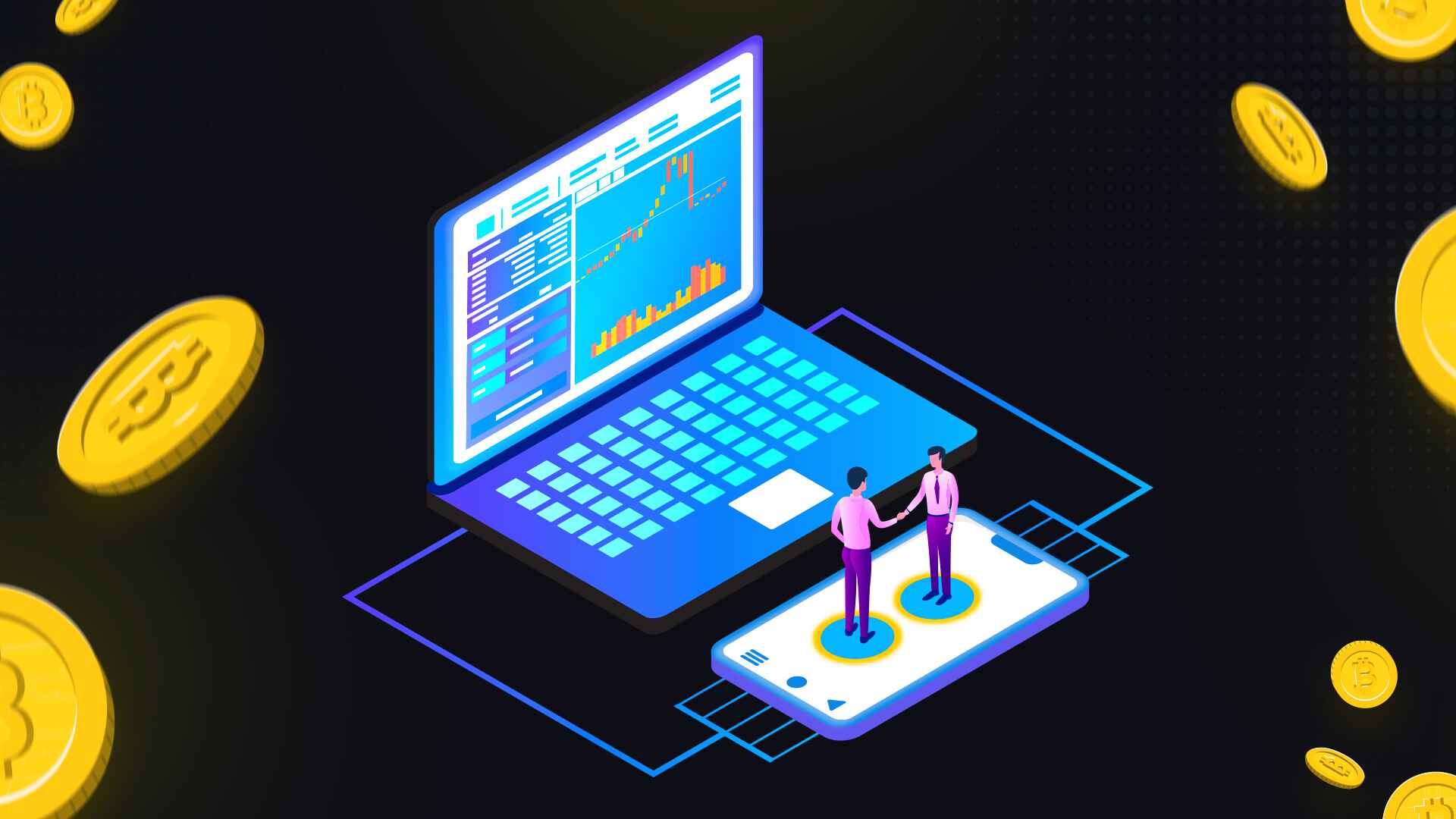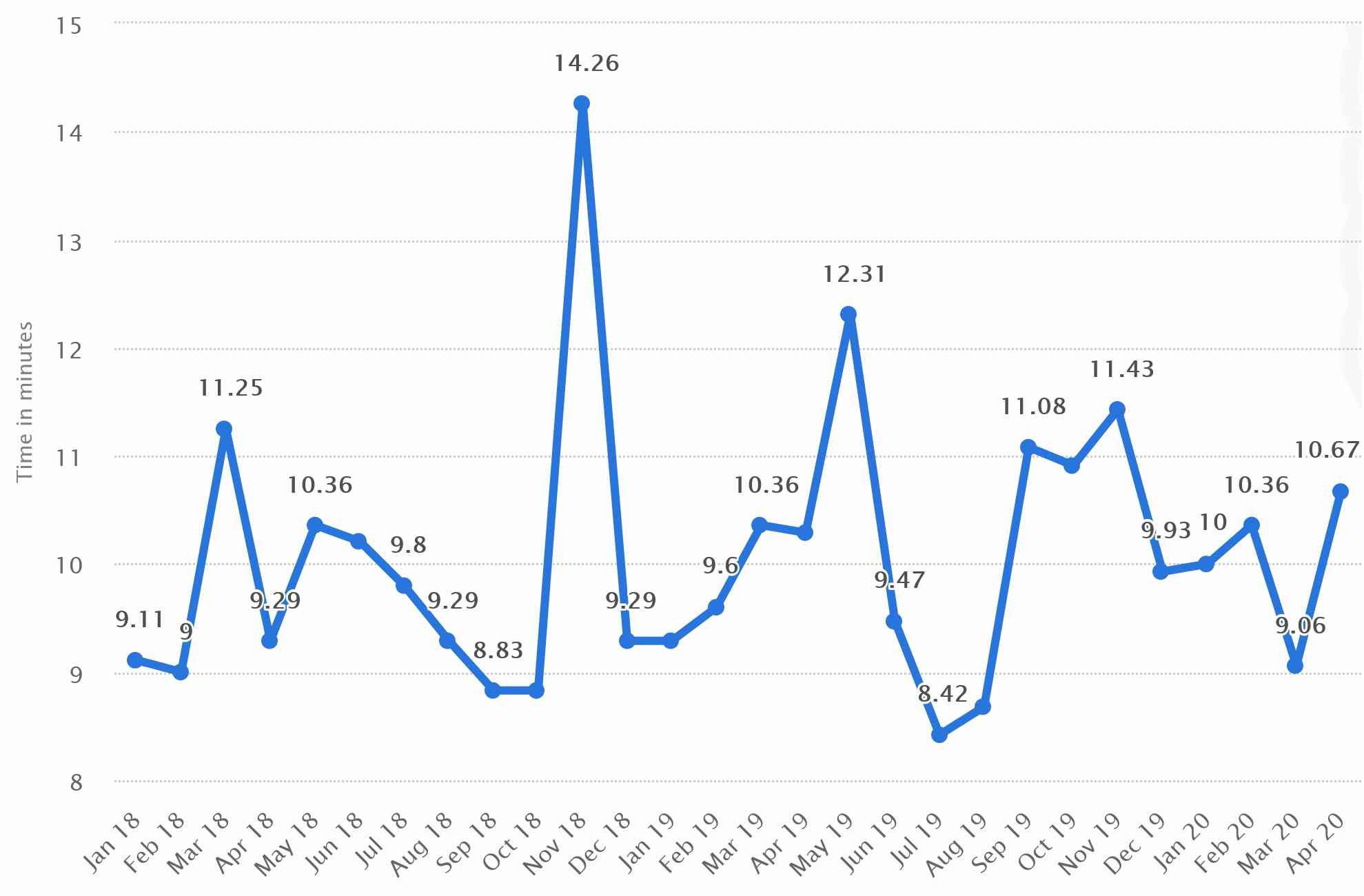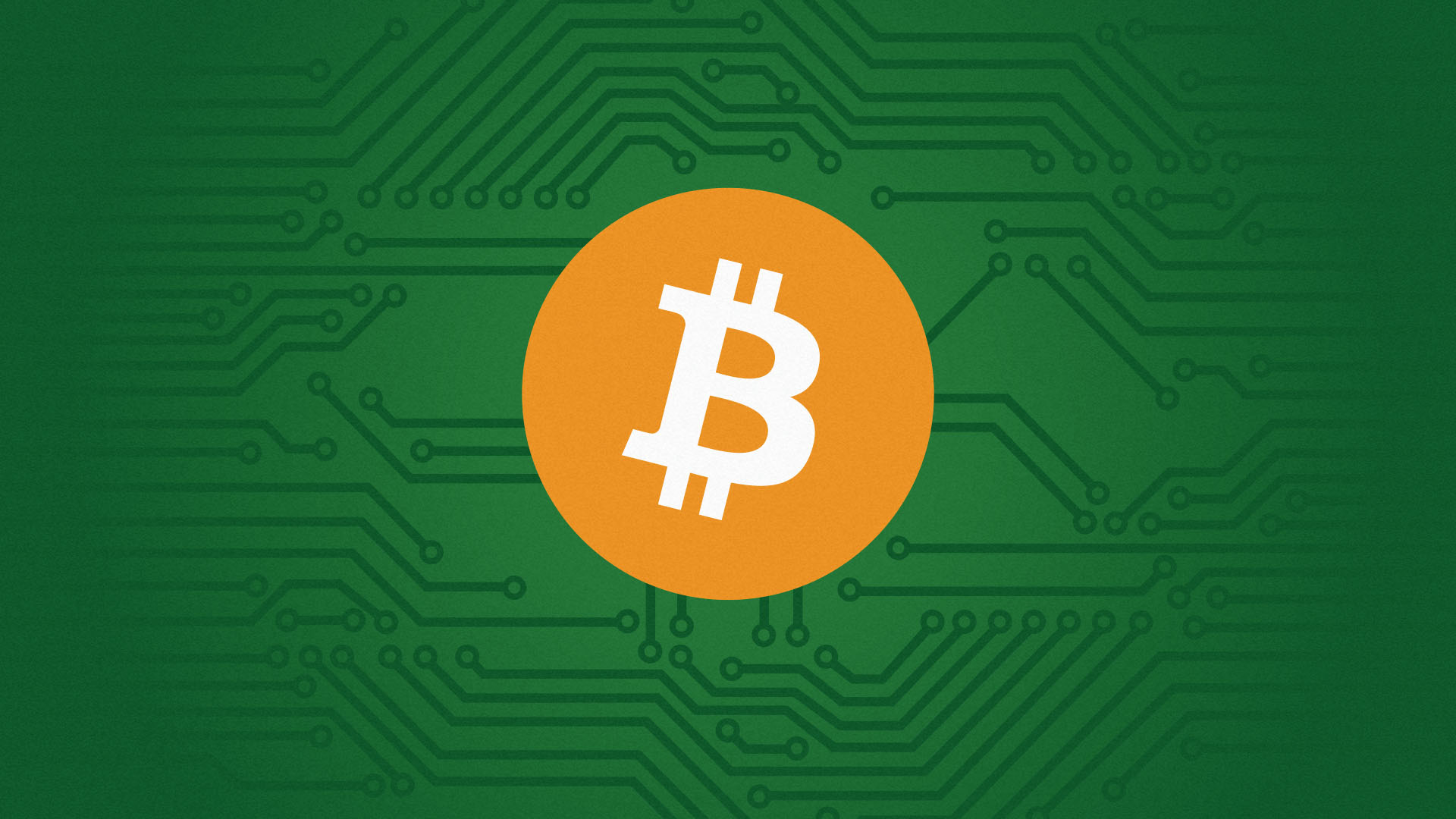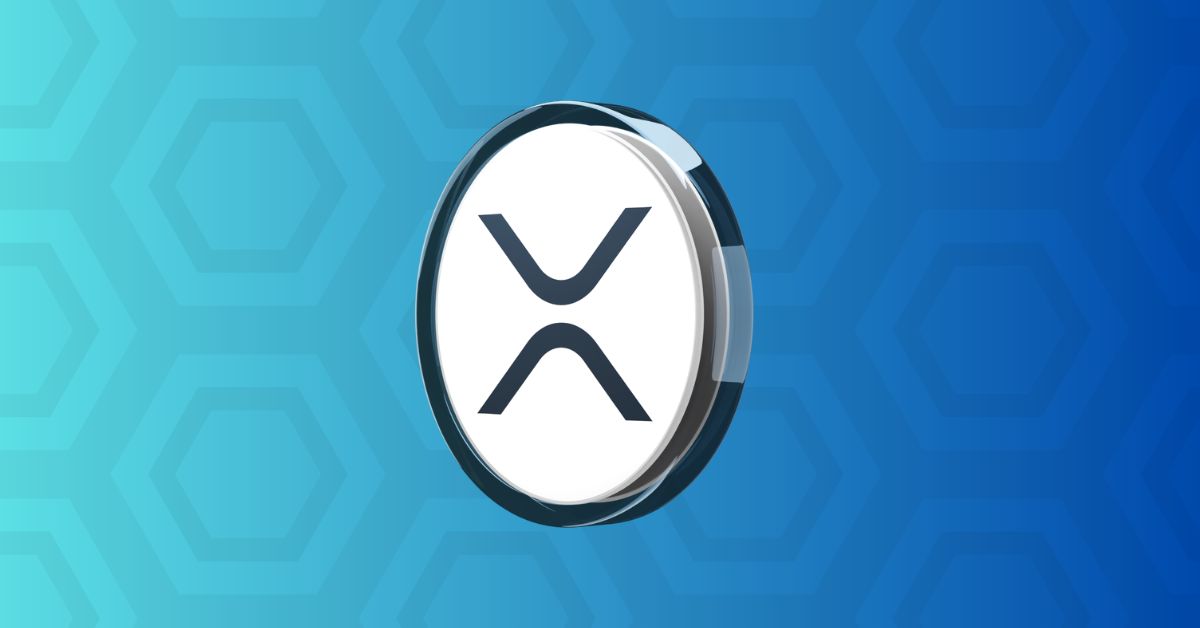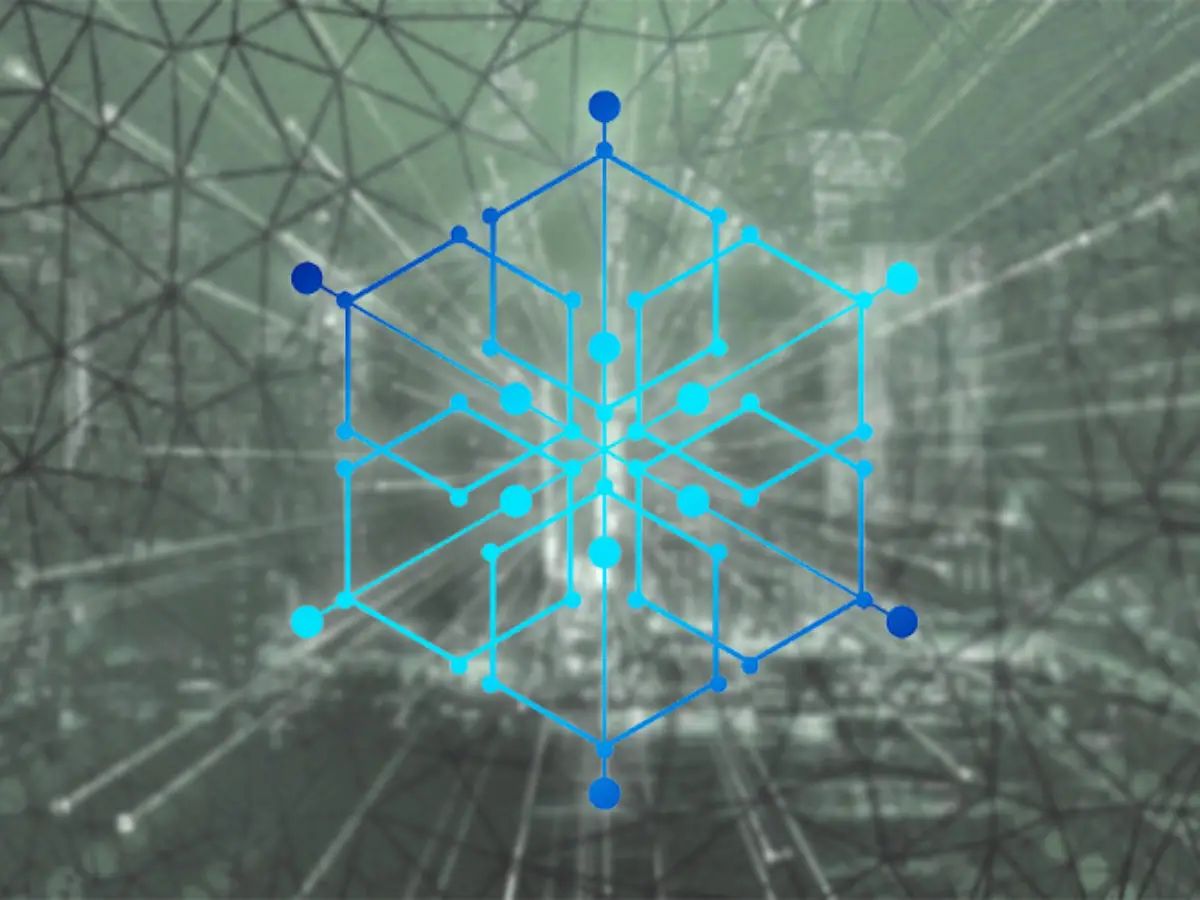Introduction
Welcome to the world of blockchain, a revolutionary technology that has the potential to transform various industries and redefine the way we conduct transactions. From finance to supply chain management, blockchain is gaining traction for its decentralized and secure nature. But what exactly is blockchain and how does it work?
At its core, blockchain is a digital ledger that records and stores transactional data in a transparent and tamper-proof manner. Unlike traditional centralized systems, where a single authority maintains the ledger, blockchain distributes the ledger across a network of computers, known as nodes. This decentralized approach ensures that no single entity has control over the transactions, making it more resistant to fraud and manipulation.
The concept of blockchain was first introduced in 2008 by an anonymous individual or group of individuals known as Satoshi Nakamoto, the creator(s) of the cryptocurrency Bitcoin. Blockchain technology was initially designed to enable secure and transparent transactional capabilities for cryptocurrencies, but its potential applications have expanded far beyond that.
In this article, we will delve into the basics of blockchain transactions, explaining how they work and providing a step-by-step overview of the process. Understanding the mechanics behind blockchain transactions is crucial for anyone looking to explore the incredible opportunities this technology presents.
So, fasten your seatbelt and let’s dive deeper into the fascinating world of blockchain transactions.
What is Blockchain?
Blockchain is a technology that enables the secure and transparent recording of transactions across a decentralized network of computers. It is essentially a digital ledger that stores information in a series of blocks, with each block containing a list of verified transactions. Unlike traditional centralized systems, where a single authority controls the ledger, blockchain distributes the ledger across multiple nodes, ensuring a higher level of security and immutability.
So how does blockchain achieve these impressive features? At the heart of blockchain is advanced cryptography, which ensures that the data stored in each block is securely and immutably linked to the previous block. This linking mechanism forms a chain of blocks, hence the term “blockchain.” Once a block is added to the chain, it becomes extremely difficult to alter or tamper with the information it contains.
Another significant characteristic of blockchain is that it operates in a decentralized manner. This means that no central authority has control over the network, making it resistant to censorship and manipulation. The distributed nature of blockchain ensures that transactions are verified and recorded by a consensus of nodes, increasing the overall transparency and trustworthiness of the system.
Blockchain technology was initially introduced as the underlying technology for cryptocurrencies like Bitcoin, but its potential applications have expanded far beyond digital currencies. It has found uses in various industries, including finance, supply chain management, healthcare, real estate, and more.
One of the key advantages of blockchain is its ability to eliminate middlemen and intermediaries in transactions. By removing the need for a central authority to verify and authorize transactions, blockchain reduces costs, increases efficiency, and enables greater trust between parties.
Overall, blockchain is revolutionizing the way transactions are conducted by offering a secure, transparent, and decentralized solution. Its potential to transform industries and disrupt traditional business models is vast, and as more organizations embrace this technology, the possibilities for innovation and improvement are endless.
The Basics of Blockchain Transaction
Blockchain transactions form the foundation of the entire blockchain ecosystem. Every transaction represents the transfer of assets or information across the network, and understanding how these transactions work is essential for grasping the power and potential of blockchain technology.
Let’s break down the basics of a blockchain transaction:
1. Transaction Details: A blockchain transaction consists of relevant information such as the sender’s address, the recipient’s address, and the amount being transferred. These details are encrypted for security purposes, ensuring the privacy of the parties involved.
2. Digital Signature: Each transaction is accompanied by a digital signature generated using cryptographic algorithms. This signature verifies the authenticity and integrity of the transaction, protecting it from tampering or unauthorized modifications.
3. Verification Process: Once a transaction is initiated, it is transmitted to all the nodes within the blockchain network. These nodes verify the transaction’s validity by confirming the digital signatures and checking for sufficient funds or assets available for the transfer.
4. Consensus Mechanism: In a blockchain network, the nodes work together to achieve consensus on the validity of transactions. Various consensus algorithms, such as Proof of Work (PoW) or Proof of Stake (PoS), are employed to ensure that a majority of nodes agree on the accuracy of the transaction before it can be added to a block.
5. Transaction Confirmation: Once a transaction is verified and validated by the network, it receives a confirmation. This confirmation assures the parties involved that the transaction has been successfully added to the blockchain and is now part of the permanent record.
6. Fee Calculation: In some blockchain networks, a transaction fee is required to incentivize miners or validators to include the transaction in a block. The fee amount is typically determined by factors such as the transaction size and network congestion.
7. Block Inclusion: Validated transactions are grouped together into blocks, forming a chronological chain. These blocks contain a unique identifier called a hash, which allows for quick and efficient referencing of transactions within the blockchain.
8. Block Confirmation: Once a block is filled with transactions, it undergoes a hashing process, where a unique hash is generated based on the information contained in the block. This hash is then added to the subsequent block, ensuring the continuous and secure linking of blocks within the blockchain.
By following these fundamental steps, blockchain transactions enable secure, transparent, and efficient transfers of assets or information across the network. The decentralized nature of blockchain ensures that transactions are validated by a consensus of nodes, making it nearly impossible for any single entity to manipulate or tamper with the transaction history.
Now that we’ve explored the basics of blockchain transactions, let’s dive deeper into each step to gain a more comprehensive understanding of how blockchain technology operates.
Step 1: Initiation of a Transaction
The first step in a blockchain transaction is the initiation, where a user or entity decides to send assets or information to another party. This can be a financial transaction, the transfer of ownership rights, or the exchange of data.
When initiating a blockchain transaction, the sender needs to provide specific details such as the recipient’s address and the amount or type of asset being transferred. These details are crucial for accurately recording the transaction on the blockchain ledger.
In the case of cryptocurrencies, the sender’s digital wallet is used to initiate the transaction. The wallet contains a unique address that serves as the sender’s identifier within the blockchain network.
For example, if Alice wants to send 2 Bitcoin to Bob, she would need to enter Bob’s Bitcoin address and specify the amount she wishes to transfer.
Once the transaction details are inputted, the sender must digitally sign the transaction using their private key. This digital signature ensures the authenticity and integrity of the transaction, protecting it from unauthorized modifications during the verification process.
The private key acts as a mathematical proof that the sender is the legitimate owner of the assets being transferred. It is important for the sender to keep their private key secure and confidential, as it grants access to their digital assets within the blockchain network.
After the initiation of the transaction, it is broadcasted to the network of nodes within the blockchain. These nodes receive and validate the transaction to ensure that the sender has the necessary funds or assets available to complete the transfer.
Once the initial validation is complete, the transaction enters the verification process, where it awaits confirmation from the network. During this process, the transaction is compared against the existing blockchain ledger to prevent double spending or any fraudulent activities.
It’s important to note that the transaction initiation step may vary slightly depending on the specific blockchain protocol or network being used. Different cryptocurrencies or blockchain platforms may have their own unique requirements and procedures for initiating transactions.
Now that we’ve covered the initiation of a transaction, let’s move on to the next step: the verification and validation process.
Step 2: Verification and Validation
Once a blockchain transaction is initiated, it undergoes a verification and validation process to ensure its authenticity and accuracy. This step plays a crucial role in maintaining the integrity and security of the blockchain network.
When a transaction is broadcasted to the network, it is received by multiple nodes, which act as validators. These nodes independently verify the transaction by checking its digital signature and confirming that the sender has the necessary funds or assets to complete the transfer.
The verification process involves several key steps:
1. Digital Signature Verification: Each transaction includes a digital signature, generated by the sender using cryptographic techniques. Validators verify this signature to ensure that it matches the sender’s public key and that the transaction has not been tampered with.
2. Funds or Asset Availability: Validators check the sender’s account balance or asset ownership status to ensure that they have the necessary funds or assets to complete the transaction. This step prevents fraudulent transactions and double spending.
3. Consensus Mechanism: Validators utilize a consensus mechanism, such as Proof of Work (PoW) or Proof of Stake (PoS), to confirm the transaction’s validity. Consensus mechanisms ensure that a majority of nodes agree on the accuracy of the transaction before it is added to the block.
If the transaction fails to meet the verification criteria, it is considered invalid and rejected by the network. Rejected transactions are not added to the blockchain, ensuring the integrity and security of the ledger.
Once a transaction passes the verification process and is considered valid, it is added to the pending transaction pool, awaiting inclusion in a block.
It’s important to note that the verification and validation process may vary depending on the specific blockchain protocol being used. Different blockchain networks may employ different consensus mechanisms and validation mechanisms tailored to their specific needs and goals.
By efficiently verifying and validating transactions, blockchain networks ensure the accuracy and integrity of the ledger. This transparency and trust in the transaction process are crucial for building confidence in the blockchain ecosystem and enabling secure digital transactions.
Now that we have explored the verification and validation process, let’s move on to the next step in a blockchain transaction: adding the transaction to a block.
Step 3: Adding the Transaction to a Block
After a blockchain transaction passes the verification and validation process, it moves on to the next step: adding the transaction to a block. This step involves grouping multiple transactions together in a block to be added to the blockchain.
The process of adding transactions to a block can be summarized as follows:
1. Transaction Selection: From the pool of valid transactions waiting to be added to a block, a set of transactions is selected. The criteria for transaction selection may vary depending on factors such as transaction fees, priority, or the size of the transaction.
2. Block Structure: Each block in the blockchain has a specific structure, usually consisting of a block header and a list of transactions. The block header contains metadata, such as a unique identifier called a hash, a reference to the previous block in the chain, and a timestamp.
3. Block Size and Capacity: Depending on the blockchain protocol, there may be limitations on the size and capacity of each block. For example, in the Bitcoin blockchain, the block size is limited to 1 megabyte (MB), which determines the number of transactions that can be included in a block.
4. Block Mining: Before a block can be added to the blockchain, it needs to undergo a process known as mining. Mining involves solving complex mathematical problems to find a specific hash value that meets predetermined criteria. Miners, using powerful computers, compete to find this solution, and the miner who successfully solves the problem first is rewarded with a cryptocurrency reward, such as Bitcoin.
5. Merkle Tree: The transactions within a block are organized using a data structure called a Merkle tree. This tree allows for efficient and secure verification of transactions within the block. The root of the Merkle tree is included in the block header, ensuring the integrity of the transactions.
6. Block Validation: Once a miner successfully mines a block by finding the correct hash value, the block is propagated to the network for validation. Validators verify that the block adheres to the protocol’s rules and that the transactions within the block are valid and consistent with the blockchain’s history.
7. Block Addition: If the block passes validation, it is added to the blockchain. The new block’s hash is referenced in the subsequent block, forming a chain, which ensures the integrity and immutability of the blockchain.
By adding transactions to blocks, blockchain networks ensure the efficient organization and storage of transactional data. This process also contributes to the immutability and security of the blockchain, as each block is linked to the previous block through cryptographic hash values.
Now that we have explored the process of adding transactions to a block, the next step in a blockchain transaction is mining and achieving consensus among the network participants.
Step 4: Mining and Consensus
Once a block containing a set of transactions is assembled, the next step in the blockchain transaction process is mining and achieving consensus. Mining is the process by which new blocks are added to the blockchain, and consensus ensures that all network participants agree on the validity and order of transactions.
Here’s a breakdown of the mining and consensus process:
1. Mining: Mining is the computational process through which new blocks are created and added to the blockchain. Miners use powerful computers to solve complex mathematical problems that require significant computational effort. The first miner to solve the problem is rewarded with a cryptocurrency reward, incentivizing miners to participate in the network and secure the blockchain.
2. Proof of Work (PoW): The most common consensus algorithm used in blockchain networks is Proof of Work. In PoW, miners compete against each other to solve mathematical puzzles and validate transactions. The miner who successfully solves the problem broadcasts the new block to the network for validation.
3. Consensus Mechanism: Consensus mechanisms are protocols designed to ensure that all participants agree on the validity and order of transactions. In addition to PoW, other consensus algorithms like Proof of Stake (PoS), Delegated Proof of Stake (DPoS), and Byzantine Fault Tolerance (BFT) may be employed depending on the blockchain network. These mechanisms vary in their approach to providing network security and determining block producers or validators.
4. Validation and Verification: Once a miner broadcasts a new block, other nodes in the network validate and verify the block’s contents. Validators ensure that the transactions within the block are accurate, follow the protocol’s rules, and are consistent with the blockchain’s history. If the block is deemed valid, it is added to the blockchain.
5. Block Finality: Block finality refers to the confirmation that a block is permanently added to the blockchain and cannot be altered. In some blockchain networks, multiple confirmations from subsequent blocks may be required to ensure the immutability and security of transactions.
6. Network Security: The mining and consensus process contributes to the security of the blockchain network. The decentralized nature of the network ensures that no single entity can control or manipulate the transactions. The computational power required for mining acts as a deterrent against malicious activities that could compromise the integrity of the blockchain.
The mining and consensus process ensures the decentralization and security of blockchain networks. By utilizing computational power and consensus mechanisms, blockchain achieves a distributed trustless system where transactions are validated by a network of participants.
Now that we’ve covered the mining and consensus process, let’s move on to the next step: adding the block to the blockchain.
Step 5: Adding the Block to the Blockchain
After a block has been successfully mined and validated, the next step in the blockchain transaction process is adding the block to the blockchain. This step involves incorporating the newly mined block into the existing chain of blocks, forming a continuous and immutable record of transactions.
Here’s how the process of adding a block to the blockchain typically works:
1. Block Identification: Each block in the blockchain has a unique identifier known as a hash, which is generated based on the information contained within the block. This hash serves as a digital fingerprint for the block, enabling quick verification and referencing of the block’s contents.
2. Block Reference: When a new block is mined, it includes a reference to the hash of the previous block in the blockchain. This reference creates a chronological order and establishes a chain of blocks, ensuring that the entire blockchain remains intact and in the correct order.
3. Consensus Confirmation: Before a block can be added to the blockchain, it must receive confirmation from the network participants. This confirmation is achieved through consensus mechanisms, such as Proof of Work (PoW) or Proof of Stake (PoS), which ensure that the majority of nodes agree on the validity of the block and its transactions.
4. Block Propagation: Once a block is confirmed by the consensus of the network, it is propagated to other nodes in the blockchain network. This propagation ensures that all nodes have an updated copy of the blockchain and can continue to validate new transactions and blocks.
5. Block Addition: If the block passes validation by all participating nodes, it is added to the blockchain. The newly added block becomes the latest block in the chain, and its hash is referenced by subsequent blocks that are mined and added to the blockchain.
6. Immutability and Security: The process of adding a block to the blockchain contributes to the immutability and security of the entire blockchain. Once a block is added, it becomes extremely difficult to alter the information stored within it, thanks to the cryptographic hashes and consensus mechanisms employed by the blockchain network.
By adding blocks to the blockchain, the network ensures a transparent and tamper-resistant transactional history. Each block serves as a building block, creating a secure and reliable record of all transactions that have occurred within the blockchain network.
Now that we’ve covered the process of adding a block to the blockchain, the final step in a blockchain transaction is the confirmation and verification of the transaction.
Step 6: Confirmation and Verification
After a block has been added to the blockchain, the final step in the blockchain transaction process is the confirmation and verification of the transaction. This step ensures that the transaction is valid, complete, and accurately recorded on the blockchain, providing transparency and trust in the transactional history.
Here’s an overview of the confirmation and verification process:
1. Transaction Confirmation: Once a block is added to the blockchain, the transaction it contains receives confirmation. This confirmation assures the parties involved that the transaction has been successfully included in the blockchain’s permanent record. Depending on the blockchain network, multiple confirmations from subsequent blocks may be required to ensure the immutability and security of the transaction.
2. Transaction Transparency: The blockchain’s decentralized and transparent nature allows participants to verify and track transactions independently. Any participant can access the blockchain’s public ledger and validate the transaction’s details, including the sender’s address, recipient’s address, and the amount transferred. This transparency increases the trustworthiness of transactions and reduces the need for intermediaries or central authorities.
3. Transaction Validation: The validation of a transaction includes checking the digital signatures, verifying the sender’s availability of funds or assets, and confirming that the transaction adheres to the blockchain network’s rules and protocols. Validators within the network perform these checks to ensure the accuracy, integrity, and consistency of the transaction within the blockchain.
4. Continuous Blockchain Verification: As new blocks are added to the blockchain over time, the blockchain’s integrity is continuously verified. Each new block added must adhere to the blockchain network’s consensus rules and be validated by the participating nodes. This ongoing verification solidifies the trustworthiness and reliability of the blockchain as each block is built and linked to the previous ones.
5. Network Consensus: The confirmation and verification process rely on the consensus mechanisms employed by the blockchain network. Consensus ensures that the majority of network participants agree on the validity and accuracy of transactions. Consensus mechanisms, such as Proof of Work (PoW) or Proof of Stake (PoS), prevent fraudulent activities and maintain the security of the blockchain by requiring agreement among nodes.
By confirming and verifying transactions, the blockchain network provides transparency, trust, and security in the transactional process. Participants can rely on the blockchain’s immutability and distributed consensus to validate and verify transactions, eliminating the need for intermediaries and fostering a more efficient and reliable ecosystem.
Now that we’ve covered the confirmation and verification process, we have gained a comprehensive understanding of how blockchain transactions work. With their decentralized, secure, and transparent nature, blockchain transactions are revolutionizing various industries and paving the way for the future of digital transactions.
Conclusion
Blockchain transactions have emerged as a powerful force that is revolutionizing the way we conduct digital transactions. By leveraging decentralized networks, advanced cryptography, and consensus mechanisms, blockchain technology offers secure, transparent, and tamper-proof transactional capabilities.
In this article, we explored the basics of blockchain transactions, from the initiation of a transaction to its confirmation and verification. We learned that blockchain transactions involve the secure transfer of assets or information, with each transaction being carefully verified and validated by the network of participating nodes.
Throughout the transaction process, blockchain ensures transparency and trust. The distributed nature of the blockchain network eliminates the need for intermediaries or central authorities, reducing costs and enhancing privacy. Verification and validation mechanisms guarantee the accuracy and integrity of transactions, making it extremely difficult for any single entity to manipulate or tamper with the transactional history.
Mining and consensus mechanisms contribute to the security and immutability of the blockchain. Miners’ computational power rewards them for their efforts to validate transactions, while consensus protocols ensure agreement among network participants on the validity and order of transactions.
By adding blocks to the blockchain, the transactional history is recorded in a permanent, transparent, and tamper-resistant manner. Confirmation and verification processes provide transparency and assurance, enabling participants to independently track and verify transactions.
In conclusion, blockchain transactions are transforming industries and pushing the boundaries of what is possible in digital transactions. With their secure, transparent, and decentralized nature, blockchain transactions empower individuals and organizations to engage in trusted and efficient transactions. As the adoption of blockchain technology continues to grow, we can expect to see further advancements and applications in various sectors, revolutionizing the way we manage and interact with assets and information.







